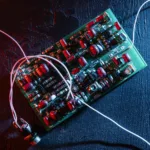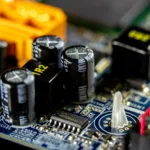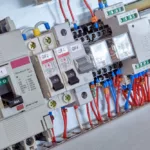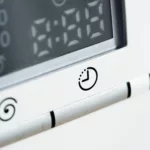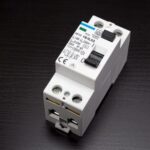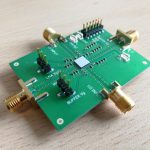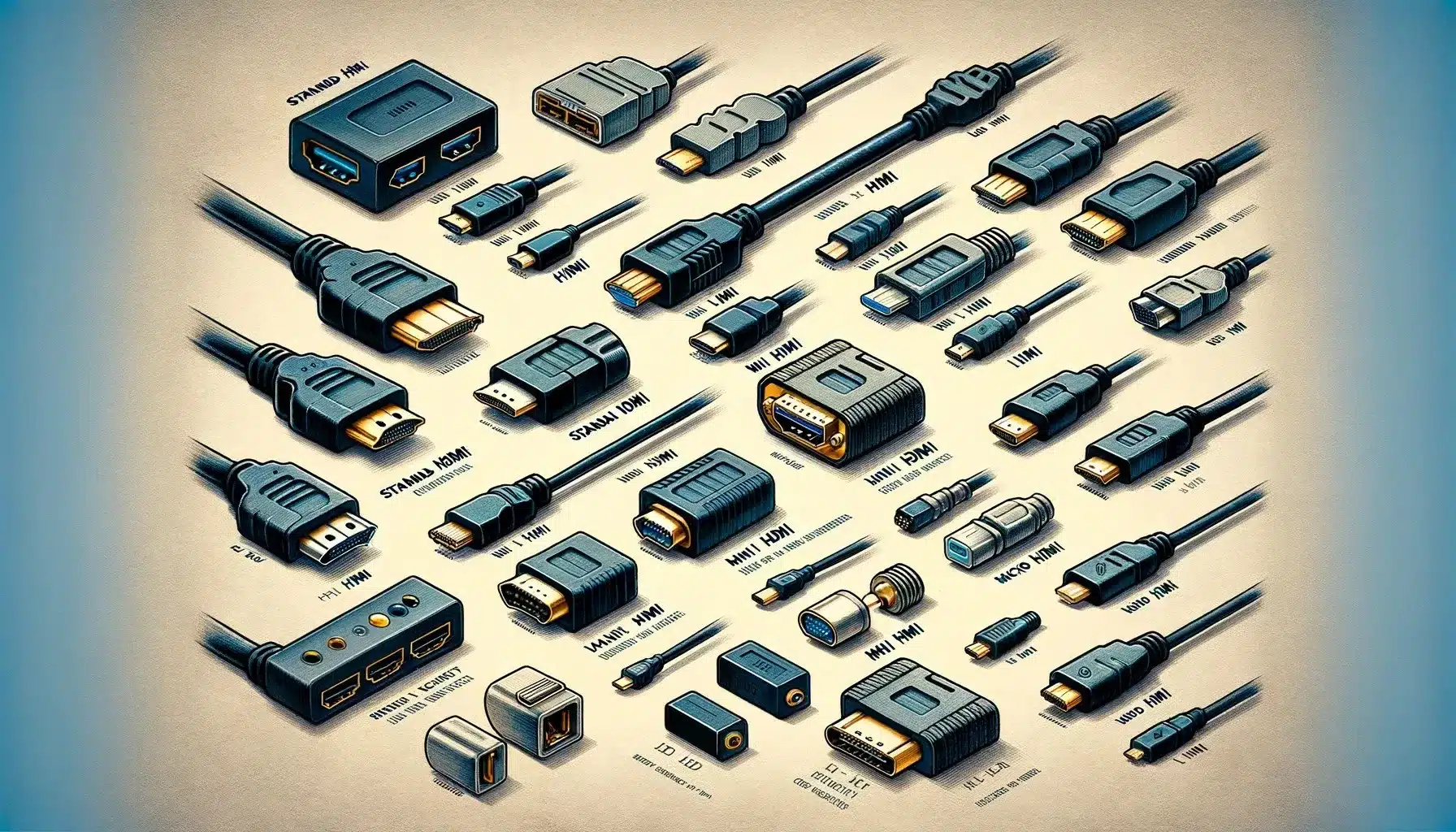
Introduction
High-Definition Multimedia Interface (HDMI) has become the standard (interface) for transmitting both video and audio signals from devices like computers, gaming consoles, and televisions. As technology has evolved, so has the variety of HDMI connectors, each designed to meet specific needs, catering to different requirements of size, functionality, and performance. Our comprehensive article describes the basic types of HDMI connectors, including the advanced versions, the critical selection parameters, and the applications they are best suited for.
Introduction to HDMI Connectors: Understanding Their Significance
HDMI connectors play a pivotal role in modern multimedia setups, serving as a fundamental component designed to transmit high-quality digital video and audio through a single cable. They are significant additions in both consumer and professional environments and continue to be integral in the evolving landscape of digital multimedia. An HDMI connector typically features a 19-pin configuration and is prized for its ability to deliver high-definition content seamlessly in various applications.
The versatility of HDMI connectors is a key factor in their significance. They carry uncompressed digital data streams, ensuring optimal picture and sound quality without the degradation associated with analogue interfaces. They simplify the connection process by consolidating video and audio into a single cable, eliminating the clutter of multiple cables, and reducing setup complexity. Additionally, HDMI supports a variety of formats, including standard, enhanced, and high-definition video and multi-channel digital audio, giving you the confidence to use them in a wide range of applications.
Comparing HDMI Connectors with Standard Connectors (USB, VGA, DVI, DisplayPort)
HDMI connectors and standard connectors differ in several key aspects, particularly in their applications, capabilities, and performance. HDMI connectors serve as the primary interface to transmit uncompressed video and audio data between compatible devices. Developed to replace older analogue standards, such as VGA and composite video, HDMI offers superior digital transmission capabilities, supporting HD resolutions and multi-channel audio formats. Understanding these advantages can help readers appreciate the superior capabilities and performance of HDMI connectors.
Exploring the Basic Types of HDMI Connectors
HDMI connectors come in several types, each designed for specific purposes and applications. The basic and most common HDMI connector types include:
HDMI Type A Connector (Standard HDMI Connectors)
The standard HDMI connector, also called Type A, is the most common form of HDMI connector. Its size and the number of pins (19 pins) make it suitable for a wide range of home entertainment and audio-visual applications, including televisions, DVD players, and older gaming consoles. A type A connector can support all HDMI features, including 4K resolutions, Ethernet over HDMI, and the Audio Return Channel (ARC).
HDMI Type B Connector
Less common than Type A, the HDMI type B connector features 29 pins arranged in two rows. Also called a dual-link HDMI connector, it was engineered to support higher resolutions and refresh rates. However, due to its limited adoption and compatibility issues, Type B connectors are rarely seen in consumer electronics.
Mini HDMI Type C Connector
Designed for devices where space is at a premium, the Mini HDMI connector, or Type C, is smaller than the standard HDMI but offers the same 19-pin configuration. It is commonly found in portable devices such as digital cameras, smaller tablets, and lightweight laptops. Mini HDMI retains the capability to deliver HD video and audio, making it a compelling choice for connecting mobile devices to larger displays.
Micro HDMI Type D Connector
The Micro HDMI, or Type D, is even smaller than the Mini HDMI and is designed for ultra-compact devices. Despite its small size, it also maintains the 19-pin configuration and supports all the features of its larger counterparts. This type of connector is typically used in smartphones, action cameras, and some ultra-portable tablets. Micro HDMI allows users to connect their small, portable devices to large displays for a better viewing experience without compromising quality.
Automotive HDMI Type E Connector
The Automotive HDMI connector, Type E, is engineered specifically for vehicles. It features a locking tab to ensure connections are secure even in high-vibration environments, such as cars, trucks, and boats. Type E connectors are built to handle the harsh conditions of automotive use, including temperature fluctuations and constant movement. This connector is ideal for in-vehicle entertainment systems, navigation, and rear-seat displays.
HDMI 2.1 Connector – Advanced Connector with Enhanced Features
Introduced with the HDMI 2.1 specification, this latest version of HDMI technology supports higher resolutions and refresh rates, including 8K60 and 4K120, and new features such as eARC (Enhanced Audio Return Channel), VRR (Variable Refresh Rate), and ALLM (Auto Low Latency Mode). HDMI 2.1 is backward compatible with earlier versions but requires new cables, commonly called Ultra High-Speed HDMI cables, to utilise all the latest features.
HDMI Connector Types Based on Gender and Orientation
HDMI connectors also come in various types based on gender and orientation. These variations ensure the connectors can meet the diverse installation needs and physical configurations of various electronic setups. Here’s a breakdown:
Gender of HDMI Connectors
- Male HDMI Connectors – These have outward-facing pins and are typically found on cables. They plug into female ports on devices like TVs, monitors, or AV receivers.
- Female HDMI Connectors – These have inward-facing receptacles and are commonly found on devices themselves, designed to receive male connectors.
Orientation of HDMI Connectors
Angled HDMI Connectors – These are designed for tight spaces where a straight connector would put undue stress on the cable and port. Angled connectors are particularly useful for wall-mounted televisions or other setups where space behind the device is limited. They help manage and organise cables more effectively while preventing damage. Angled connectors can be oriented in various directions, such as:
- Right-angled HDMI Connectors – Bend to the right and are often used in tight spaces on the right side of the device.
- Left-angled HDMI Connectors – Bend to the left, which is useful when space is limited on the left side of the device.
- Up-angled and Down-angled HDMI Connectors – These can direct the cable upwards or downwards, respectively, accommodating different installation needs.
Choosing the Best HDMI Connectors: Exploring Their Selection Criteria
Selecting the right HDMI connector depends on the device and the setup’s specific requirements. Consider the following selection parameters when choosing an HDMI connector:
- Connector Type
- Device Compatibility
- Cable Quality
- Cable Length
- Shielding
- Ethernet Support
- Interference Protection
- Certifications
- Cost and Brand.
Final Thoughts
HDMI connectors are indispensable in modern multimedia setups, providing high-definition video and audio transmission. From the ubiquitous Type A to the compact Type D and the latest versions, each HDMI connector type serves a distinct purpose. By understanding the different types of HDMI connectors and their respective features in the article, consumers can make informed decisions about their multimedia equipment and optimise their audio-visual experience.







